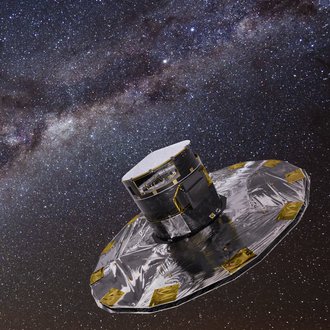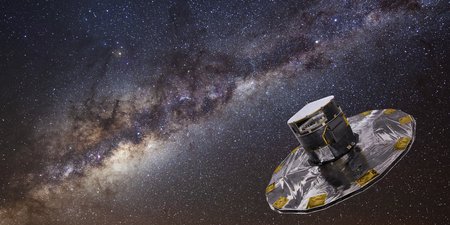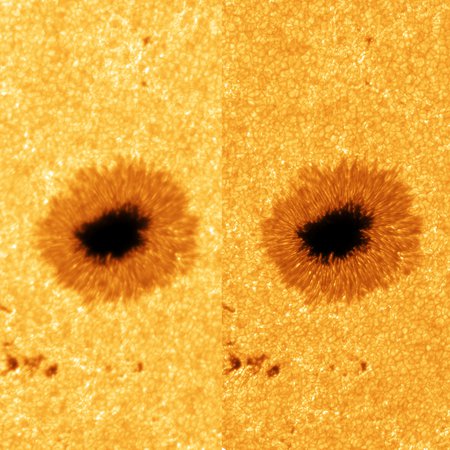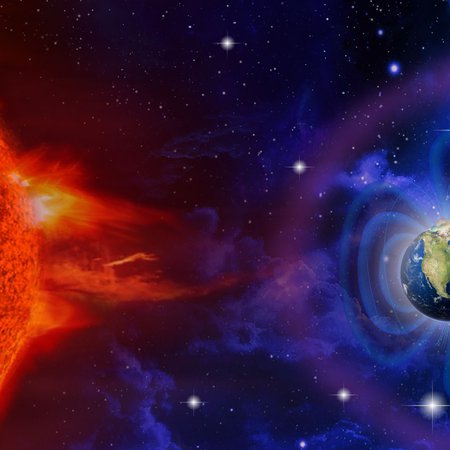Gaia mission publishes first results
The European Space Agency's (ESA) mission Gaia published its first set of results on 14th of September 2016. The first data release contains parallaxes and proper motions of about two million stars. These measurements have been eagerly awaited by astronomers because they will enable them to study the Milky Way in unprecedented detail.
The Gaia mission was selected as one of ESA's cornerstone missions in 2000. After 13 years of development and construction it was successfully launched from French Guiana. After traveling 1.5 million kilometres to the L2 Lagrange point it commenced its operations in 2014, employing a sky-scanning approach that maximizes the sky coverage. It enabled the satellite to record several hundred billion stars up until now. The satellite carries several dedicated instruments designed for astrometric, photometric and spectroscopic measurements.
Main objectives of the mission include inferring the distance to about one billion stars by measuring their parallaxes, an undertaking that is impossible to achieve precisely enough from Earth due to the atmospheric effects. For a significant fraction of the observed sample the distances will be recorded to better than 10% in precision. Besides the distances, stellar positions and their motions will also be measured as well as their brightness. The mission is not limited only to stellar observations. Gaia will also discover up to half a million of quasars, measure the orbits of thousand extrasolar planets and discover many new asteroids. These data will be published in subsequent data releases.
The Leibniz Institute for Astrophysics Potsdam (AIP) serves as one of the four data centers that will provide the data from the first data release to the scientific community and wider audiences when the data will become publicly available. AIP hosts a dedicated server located at gaia.aip.de that offers an intuitive interface for browsing the data.
The first Gaia data will also be correlated with the new results published by one of AIP's core projects, the RAVE Survey. These will complement Gaia's measurements by providing the radial velocities of the stars - a missing sixth dynamical component in the Gaia data set. The release of the RAVE data will follow immediately after Gaia's release.
Science contact: Dr. Harry Enke, henke@aip.de
Media contact: Kerstin Mork, +49 331 7499-803, presse@aip.de
Further information
Please see also: ESA press release
Images
Big screen size [1000 x 500, 140 KB]
Original size [3000 x 1500, 1.1 MB]




